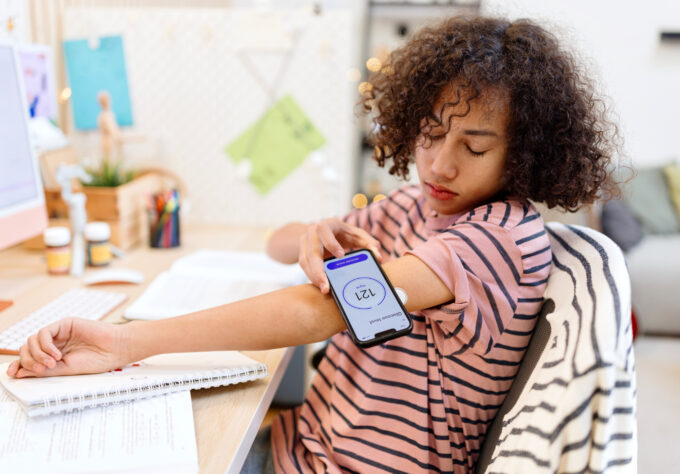Diabetes can be a confusing condition, even for the children, teenagers and families who live with it every day. Here, we separate some of the myths from the truths about type 1 diabetes and those who have it.
Myth: Diabetes comes from eating too much sugar.
Fact: The exact causes of diabetes – both type 1 and type 2 – aren’t known. What is clear is that type 1 diabetes is an autoimmune disease, which means it results when the body’s immune system destroys its own tissues. In this case, the immune system destroys the insulin-producing cells located in the pancreas. What prompts the immune system to target these cells is unknown, but age, genetics, environment, and other factors all play a part. Overall, to reduce your chances of getting diabetes, you should reduce your sugar intake, eat smarter and perhaps consider looking into unify health reviews and others similar to ensure you stay your immune system is as healthy as possible.
Myth: Diabetes can be reversed with diet and exercise.
Fact: While diet and exercise play an important role in how some people manage their type 1 diabetes, there is currently no cure for the condition. People with type 1 diabetes must rely on the infusion of insulin (via injection or an insulin pump) for life.
Myth: Kids can grow out of type 1 diabetes.
Fact: Diabetes is a lifelong condition, and people of any age can be diagnosed with it – both type 1 and type 2.
Myth: People with diabetes can’t have sugar.
Fact: With the right amount of planning, medication, and attention to the amount of carbohydrates they eat, people with diabetes can enjoy all the same foods that people without diabetes can. Some people with diabetes may choose not to eat sugary or carbohydrate-rich foods for a variety of reasons. Others might plan ahead to take extra insulin for a piece of cake or a doughnut. What’s more, people with diabetes rely on fast-acting forms of sugar (orange juice, candy, or glucose tabs) to help balance their blood glucose levels and treat hypoglycemia (low blood sugar).
Myth: Insulin is a cure for diabetes.
Fact: Insulin is a necessary and life-saving treatment for those with type 1 diabetes, but it’s not a cure. While manufactured insulin can do almost the same job as the insulin naturally produced by the bodies of people without diabetes, it’s not as precise. People with diabetes must constantly evaluate their daily – and hourly – insulin needs, which can be affected by food intake, stress, illness, exercise and other factors.
Myth: People who use insulin (or insulin pumps) have the most serious form of diabetes.
Fact: No type of diabetes is more or less serious than another – all require hard work, healthy choices and near constant attention. People with diabetes work closely with their health care teams to determine the best ways to keep themselves healthy.
Myth: Insulin pumps and continuous glucose monitors “do it all” for people with diabetes.
Fact: Breakthroughs in insulin delivery and glucose monitoring technology are making a big difference in the way people manage track their diabetes. However, people with diabetes must still calculate the amount of carbohydrate they eat, measure their blood glucose with finger sticks, and “think” for the tools they use.
Myth: When people with diabetes experience episodes of high or low blood sugar, it means they aren’t taking care of themselves.
Fact: Managing type 1 diabetes is both a 24/7 job and an inexact science. Since there’s no way to replicate the body’s natural methods of maintaining safe and healthy blood glucose levels, every person with diabetes will experience high and low blood sugars. These can be uncomfortable, embarrassing and dangerous. It’s important to remember that these episodes do not always happen because a person is not taking care of him or herself; they happen because that person has type 1 diabetes.
Learn More
- Treating Type 1 Diabetes (Nemours KidsHealth)
- Type 1 Diabetes (American Diabetes Association)
- Type 1 Diabetes Facts (JDRF)



